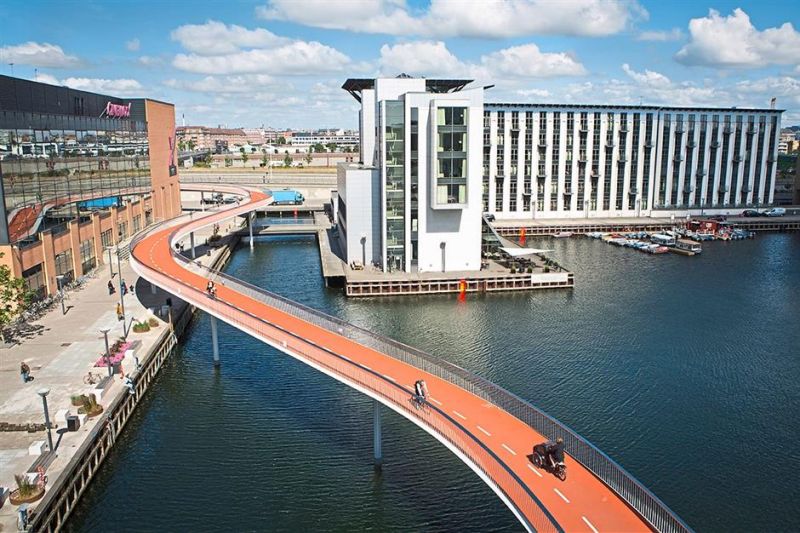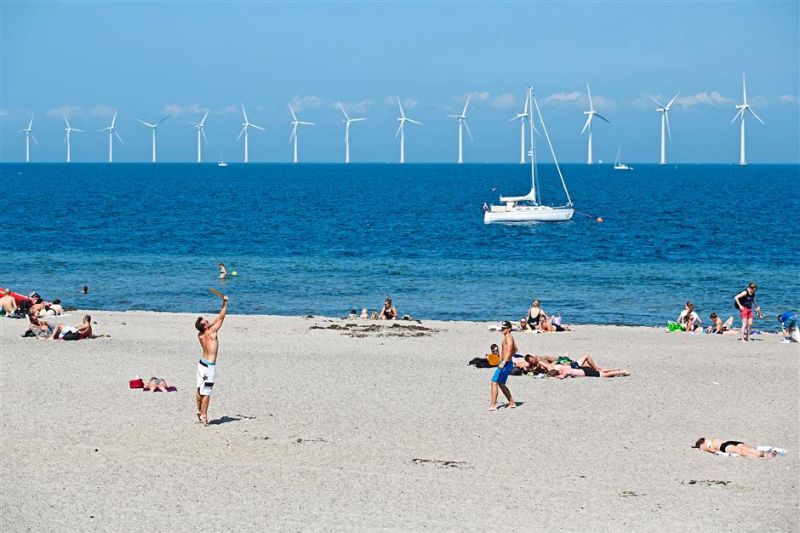Can Copenhagen Be The World’s Greenest City?
Published on by Dusko Balenovic, Previous Network Manager at The Water Network in Government
Copenhagen aims to become the world’s first carbon-neutral capital by 2025, an ambitious but not unachievable goal, judging by current and future plans and policies that are in place.
A quick example: from 2005 to 2011, carbon dioxide emissions were reduced by more than 20% in the city.
Last month, two representatives from Copenhagen Municipality were in Kuala Lumpur as part of the Copenhagen Solutions for Sustainable Cities Seminar Series to share more about this goal.
Organised by the Denmark Trade Council – which comes under the country’s Ministry of Foreign Affairs – the seminars involved local municipalities from Malacca, Penang and Selangor as well as the Energy, Green Technology and Water Ministry.
Like most cities, Copenhagen faces urban challenges such as carbon emissions, traffic congestion and waste accumulation.
Those challenges are being addressed via its Climate Action Plan and Climate Adaptation Plan, which tackle the challenges associated with climate change, within the overall objectives of making Copenhagen a zero waste city and the world’s first carbon-neutral capital by 2025.

“We have four pillars under our Climate Action Plan. One is energy production where we aim to be 100% carbon-neutral by using wind turbines and sustainable biomass in our energy production,” shares Lykke Leonardsen, head of programme for resilient and sustainable city solutions with Copenhagen City’s Environmental Department.
“Second is mobility, where we are not only further promoting the use of bicycles in the city but also having more car share systems and more sustainable public transport by having buses driven by biogas or electricity. We are also expanding the public transportation system by having better connectivity with the bicycle system,” she says.
Leonardsen adds that the biggest bus line in Copenhagen will soon change to using biogas, reducing the carbon emission by buses in Copenhagen by 20%.
“Our Lord Mayor (Frank Jensen) has also promised that he will make sure that more bus lines will follow in the next few years. We also have bus lines which have started experimenting with electrical vehicles. It’s a slow process but it’s coming along now.
“Lastly, we have to be a role model for the people. One of the things the municipality is practising is buying only either electric or biogas-driven vehicles,” Leonardsen says.
The city’s Climate Action Plan also involves reducing energy consumption in housing via better insulation of houses and maintenance of heating systems.

Copenhagen practises waste incineration but it aims to reduce incinerated waste by 20% in 2018 and by 2050, become a zero waste city.
“Up to now, we have been burning almost all our waste, so we basically have zero landfill and we are famous for that. (By 2018), we want 45% of our household waste to be recycled instead, because we realise there is value in (waste),” says Christina Anderskov, international strategist and sustainability coordinator with Copenhagen City’s Environmental Department.
“We also aim that at least 60% of the waste collection vehicles in the city will be fuelled by alternative fuels in the future,” Anderskov adds.
Copenhagen adopts a district heating system to which 98% of all houses in the city are connected. The system distributes heat efficiently around the city. Electricity generated from the waste incineration is fed back into this system, contributing 20%-30% of the energy needed for heating.
“That makes the transition towards becoming carbon-neutral easier because it’s easier to move from coal to sustainable biomass. In the future, we are also looking at using renewable energy such as geothermal energy for the heating system,” says Leonardsen.
As part of the plan towards becoming carbon-neutral, the city is also erecting 100 new wind turbines – within Copenhagen city and offshore – by 2025 to push towards carbon-neutral electricity for its citizens. At the moment, 52% of Denmark’s energy usage comes from renewable energy, with 43% from wind turbines.
Smart city
Currently, the Danish city is also exploring innovative technological solutions via a project called the Copenhagen Solutions Lab, which will lead the implementation of innovation and smart city development in collaboration with knowledge institutions and companies as well as citizens.
The project will incorporate new intelligent transport solutions, reduced carbon emissions, implementation of sensors that create real time data and information on current situations in the city and the build up and architecture of a new “Big Data Digital Infrastructure Platform” that shares data across public and private sectors.
One of the experiments is Street Lab, a smart city solution system which incorporates intelligent traffic systems that direct people to places with less traffic and more parking, to avoid congestion.
The city has integrated the Street Lab project into an actual busy street in the city.
“The reason we are doing that is we want to know if the system is good enough for the whole city and we want to make sure we invest in the right smart technology in the future,” explains Anderskov, adding that the project started in June this year.
Read full article at: STAR 2
Media
Taxonomy
- Integrated Urban Water Management
- Smart City
- System Integration
- Environment
- Infrastructure
- Eco-City Development
- City